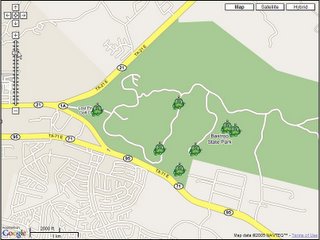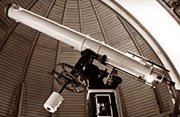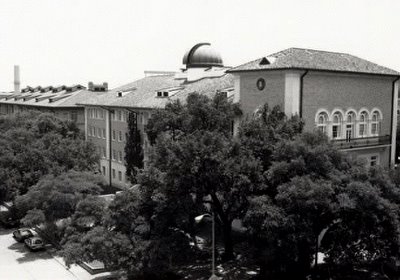Prior to the GPS Stash Hunt website that I mentioned in my previous post, there existed one single defining event in the history of geocaching - the first cache! On May 3, 2000, Dave Ulmer (photo below from Geocaching.com cache page) posted a message on the sci.geo.satellite-nav USENET newsgroup announcing to the world that he had just hidden the "first stash hunt stash" in the woods outside of Portland, Oregon. With a single message, Dave Ulmer began the sport of Geocaching that has grown to include over 240,000 active caches in 220 countries!

From: Dave (news2yousNOneSPAM@hotmail.com.invalid)
Subject: GPS Stash Hunt... Stash #1 is there!
Newsgroups: sci.geo.satellite-nav
Date: 2000/05/03
Well, I did it, created the first stash hunt stash and here are the coordinates:
N 45 17.460
W122 24.800
Lots of goodies for the finders. Look for a black plastic bucket buried most of the way in the ground. Take some stuff, leave some stuff! Record it all in the log book. Have Fun!
Stash contians: Delorme Topo USA software, videos, books, food, money, and a slingshot!




